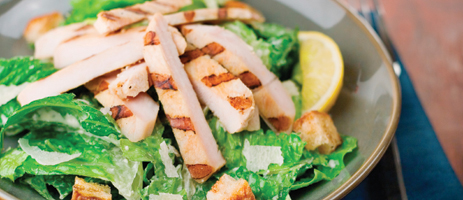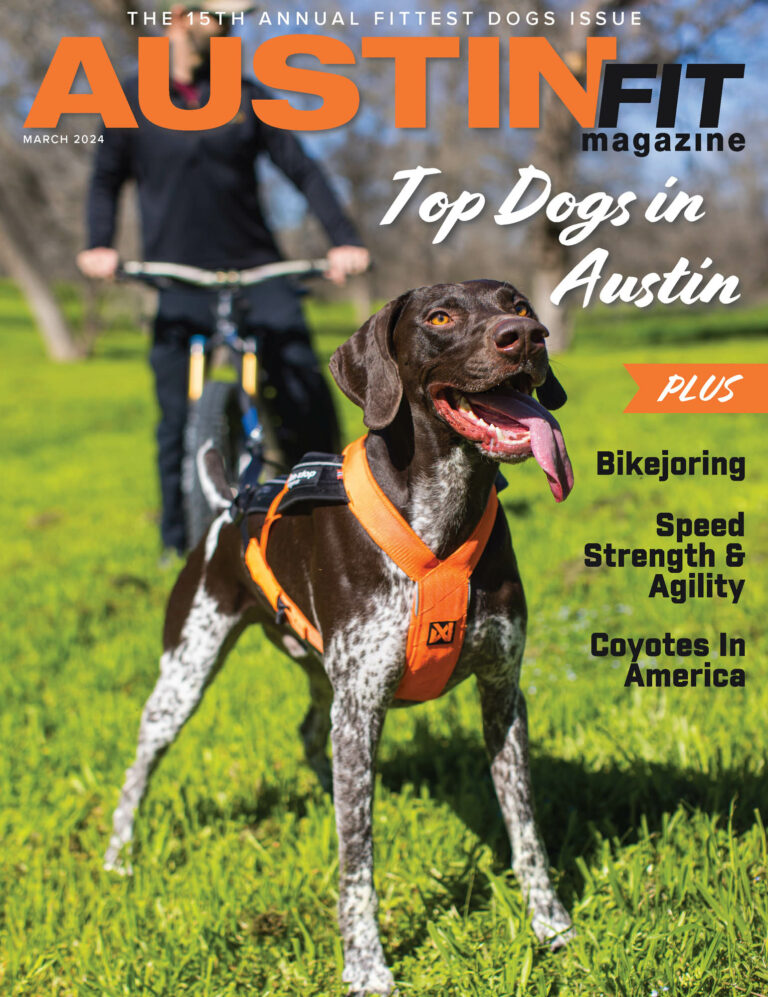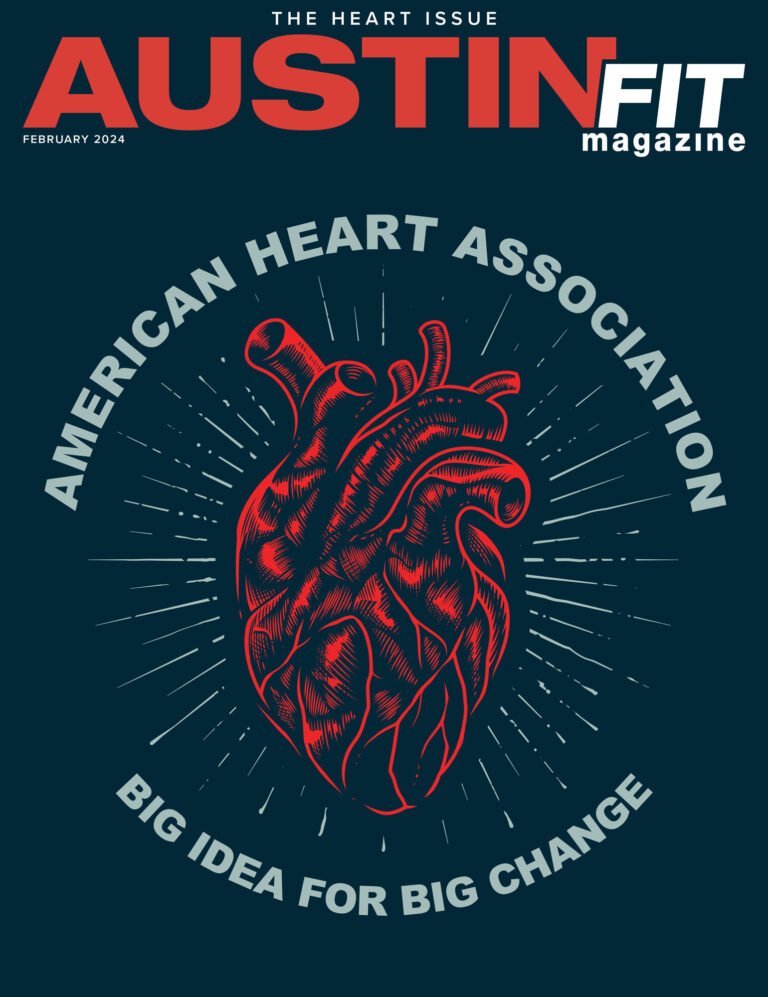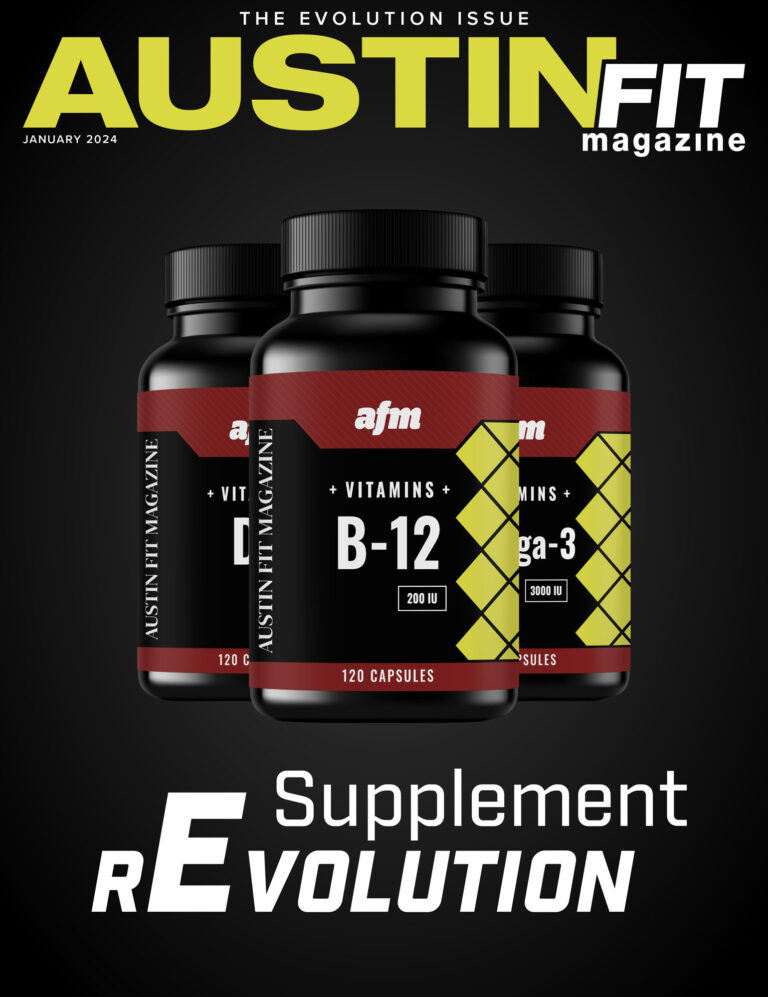Practical Nutrition Tips for Training and Racing

I want to preface this article first by explaining that I’m not a nutritionist or registered dietitian. However, it’s been necessary for me to gain a practical working knowledge of nutrition as it relates to training and racing; the way I fuel my body can help or limit my performance. It never ceases to amaze me how the media overcomplicates this subject. While I have found there are definitely “do’s” and “don’ts” when it comes to fueling my body, it doesn’t have to be very complex. I want to do away with the mysteries of training and racing nutrition and present pragmatic tips from my experience as a professional triathlete.
The Strict Diet Fallacy The most frequent question I’m asked is “Do you have a very strict diet?” The answer is no, it’s nowhere near as regimented as most would believe. Media portraits have led to many false perceptions about athlete diets, from the ultra-disciplined athlete weighing every gram of food to Michael Phelps’ highly doubtful 12,000-calorie-per-day diet. The truth is that most healthy high-level endurance athletes I’ve encountered have a similar eating pattern; the majority tend to have a less-than-strict diet, choosing to eat generally clean and healthy foods most of the time. They won’t, however, shy away from occasionally enjoying their vices, whether it’s a burger with fries or ice cream. These athletes have an overall balanced diet to ensure they get enough of both macro- (protein, carbohydrates, fats) and micro- (vitamins and minerals) nutrients.
There is an advantage to this generally healthy approach versus strict calorie counting. Depriving yourself of your favorite foods is not enjoyable, and rigorous training and the lifestyle that goes with it is tough enough as it is. Athletes can have a sense of deprivation due to rigorous schedule restraints and, therefore, additional mental stress. There’s no need to compound that by not allowing some leeway to enjoy food. This is not to say that athletes can eat lots of unhealthy food. They simply make it a lifestyle choice to eat a healthy diet and occasionally allow indulgences.
The Skinny Athlete Illusion The slim-physique image of many top-level professionals also contributes to the fallacy that all top-level endurance athletes pull out the scales before every meal. In reality, athletes know how to vary their nutrition and weight depending on the time of year and training/racing cycle while eating an overall healthy diet. This balancing act is done simply through portion control. The best athletes will not skimp on calories during the larger build cycles in their training because a fit body needs a lot of fuel. Cutting it too close on calories can lead an athlete to the edge of breakdown and burnout. When it comes time to hit race weight, portion control and a little discipline with treats, snacks, and sweets can usually get the athlete to her goal. Though it’s not nearly as precise a method as the media would have you believe, this approach ensures that athletes get to the starting line at their best weight while still enjoying eating in their day-to-day lives.
What can the amateur athlete take from this? There’s no magic to losing a few pounds and getting to a lighter weight for race day. Simply look at your everyday diet in two parts: calories in from eating and calories out with training. The biggest mistake made by amateur athletes is that they immediately increase their caloric intake by too much: “I’m working out now, so I must pile my plate high.” Many people in marathon training, for example, have an additional goal of weight loss beyond completing the event. We burn roughly 1,000 calories per hour running, fewer cycling, and even fewer swimming. I remember reading a widely popular article during the 2008 Olympic games about Michael Phelps eating 10,000-12,000 calories every day and thinking, “This is the worst possible thing for the average person to read.” First, the reported number of calories seemed highly doubtful. To not gain weight on that diet, an athlete would have to run nearly 10 hours each day. Second, the article gave the impression that athletes-in-training need to binge in order to keep up their rigorous physical regime.
This article on Phelps’ diet was the worst thing an average athlete could read to get an idea of how to eat for daily life, and it leads to the single biggest mistake I see: the post long-run binge. After a 10-20 mile long run, new marathoners are the first to load up on a 2,000-calorie breakfast of migas piled with cheese or stacks of pancakes dripping in butter and syrup. Yes, you need to replenish your body after longer and harder sessions, but this can be done with healthier options and without over-consumption. Many don’t realize that our normal diet has many more calories than we actually need, so upping activity level doesn’t necessarily mean we have to greatly increase caloric intake. Exercising portion control and simple food selection discipline will help you drop those extra pounds and get to your race weight. With these ideas in mind, here are some practical tips for successful training and racing:
Training Nutrition When we’re eating and hydrating properly, our bodies hold enough fluid and calories for about 90 minutes of intense exercise. Don’t worry about loading up on calories during your workout. A little sports drink or water is never a bad thing during a shorter session, but there’s no need to go overboard. If the session is longer than 90 minutes, then you need to start thinking about extra calories, such as gels, additional hydration, and perhaps some electrolyte pills in addition to your fluids.
The type of exercise makes a difference in nutrition. During cycling, your body can take in more fuel without upsetting your GI system. If you’re a cyclist or a triathlete training for a longer event (half or full Ironman), start with 300 calories per hour as your intake goal on rides of more than three hours. If your stomach can take that without a problem, work your way towards 400 calories per hour. If your body can take that number, that’s great. You should then try some running off the bike at race pace utilizing your calorie plan. The goal is to get off the bike as fully fueled as possible without making your stomach upset on the run.
Protein Confusion Protein is essential directly after training and in your daily eating, but there is a lot of conflicting information about consuming protein during physical activity. Each sports nutrition company has a different take on the subject of protein during intense training sessions. The problem is that at higher intensities, especially during running, protein can lead to gastric bloating. It doesn’t happen to all people, but if it does happen to you, it can ruin your race. Because cycling is a little more forgiving on your body, protein consumption isn’t as much of an issue, and I’ve watched many athletes take protein-heavy drinks on the bike for long-distance triathlons because of something they read in a magazine or on the label of a canister of powder. The bike goes great, but when they get out on the run, they suffer from GI problems. Why risk this for your big race? Simplify your in-session nutrition down to fluids, carbohydrates, and electrolytes and skip the protein.
Sugar Stomach Another common cause of stomach issues during races is what I call “sugar stomach.” During intense exercise, the body can only process a certain level of sugar solution in your digestive system. In other words, if the fluids in your stomach are too sugary, they won’t digest properly and they’ll cause bloating, sloshing, nausea, and other types of GI distress. I won’t discuss specific levels and numbers here, but what you need to know as an athlete is that it’s important to moderate the ratio of sugar to water you consume during exercise. Many sports drinks, if mixed to their recommended concentrations, sit close to the ratio of sugar to water that your stomach can tolerate during tough exercise. If you start taking in gels, bars, and chews in addition, you most likely will be over your body’s limit, making yourself more susceptible to stomach problems. The solution is to make sure you’re also drinking water to dilute the sugar in your stomach; the more gels you take, the more plain water you need to drink. You still need to be on top of your electrolytes if you start drinking water, but it’s the best way to balance out the risk of getting stomach problems.
Pacing Problems Another mistake people make in training is to assume their stomach reacts the same to nutrition at race pace as during training. I often hear athletes complain about having nutrition problems in a race that have never occurred during training. Athletes often practice their race nutrition on their longer training sessions (long bike or long run), where they usually hold less intense paces than they will in the race. Those athletes are also more apt to take breaks for fueling; this is a necessity in training, but it allows the body extra digestion time that’s absent in a race setting. These differences in intensity are just enough to hide issues with the athlete’s nutrition plan. It is difficult to conduct long training sessions at race pace to test nutrition. The best you can do is to include race pace efforts during your longer sessions to determine how your body reacts to your nutrition plan.
Event Eating The old-school approach to carbo loading has athletes believing they should be pounding down plates of pasta in the days before an event. However, overloading on processed, carb-rich foods like pasta, pancakes, and breads can lead to bloating and GI problems. If an athlete has been training at a high level with the appropriate amount of eating, glycogen stores will automatically load up while he or she tapers for the event and continues to eat healthy portions. Glycogen, which is synthesized from sugars in your blood stream, is the sugar your muscles use to function. If you’re using less glycogen because tapering has you training less, then your body will top off its stores on its own from a healthy diet. This isn’t to say that you should shy away from carb-rich foods; just try to avoid mounding your plate with pasta every day before an event.
Athlete Flexibility One important note often overlooked among endurance athletes is to have flexibility in training and race nutrition. While it’s critical to have a nutrition plan going into a race, poor luck can result in having to improvise on the course. If you only train with one brand and one flavor of sports gel, what happens if you drop or lose your gels? If you only eat specific items in your pre-race meal, what happens when you can’t get that particular food? I’ve seen athletes come completely unhinged because something doesn’t go according to plan; an unexpected change can be just enough to send an already nervous athlete into a mental tailspin. It’s great to nail down what works the best for you, but don’t get married to only one plan. You need to be able to adapt. If you drop your gels, you need to pick up what’s on the course and be confident that your body will function the same. Try training with different brands and flavors of sports drinks and gels. Make sure you’re comfortable with different pre-race meals. Learn what works best for you, but explore in your training so you can adapt to racing nutrition on the fly. You never know what will go wrong.






